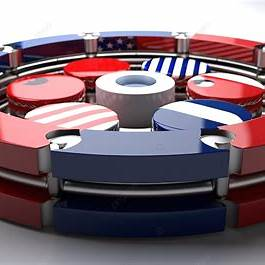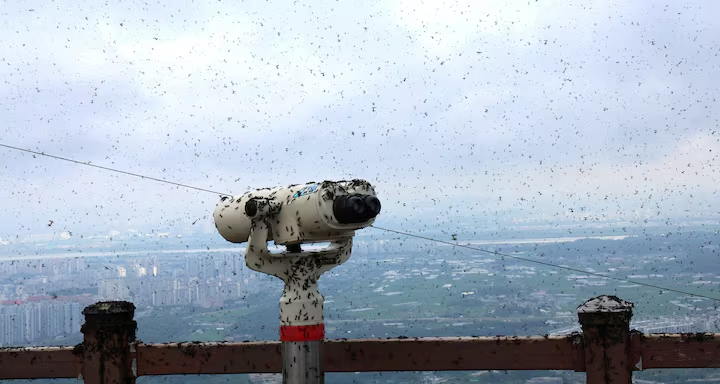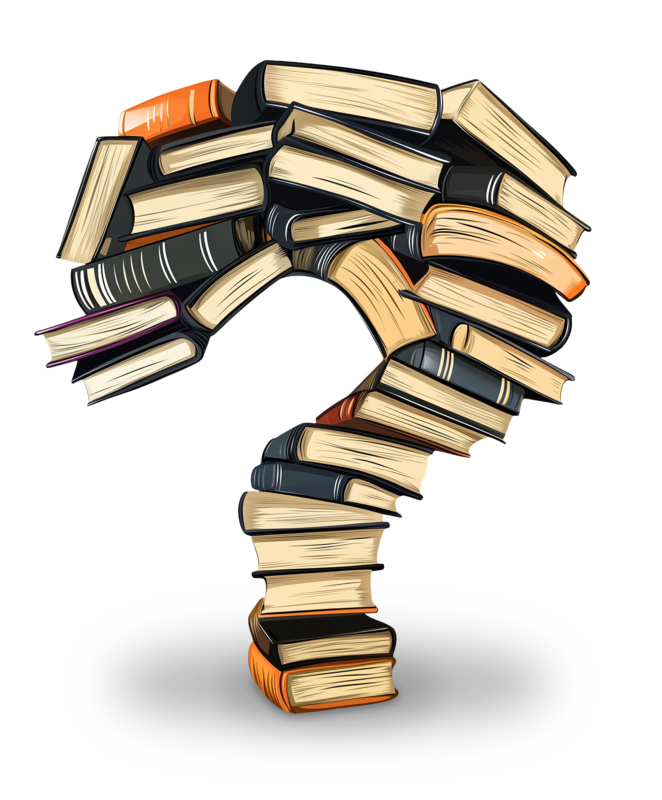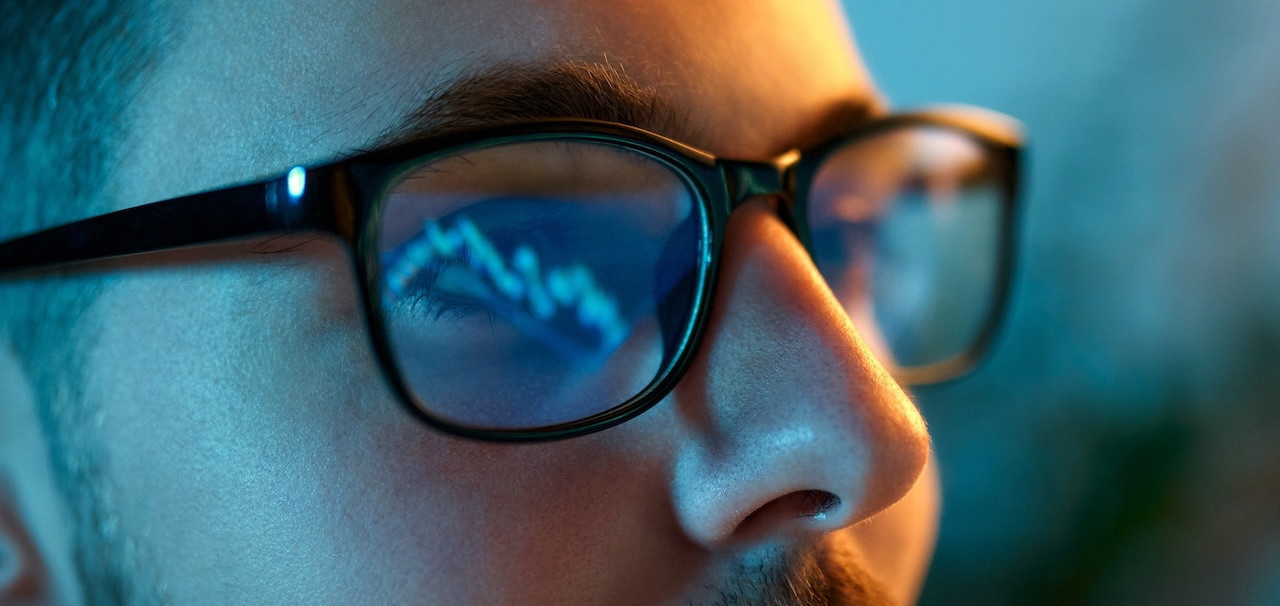| 최초 작성일 : 2025-08-25 | 수정일 : 2025-08-25 | 조회수 : 29 |
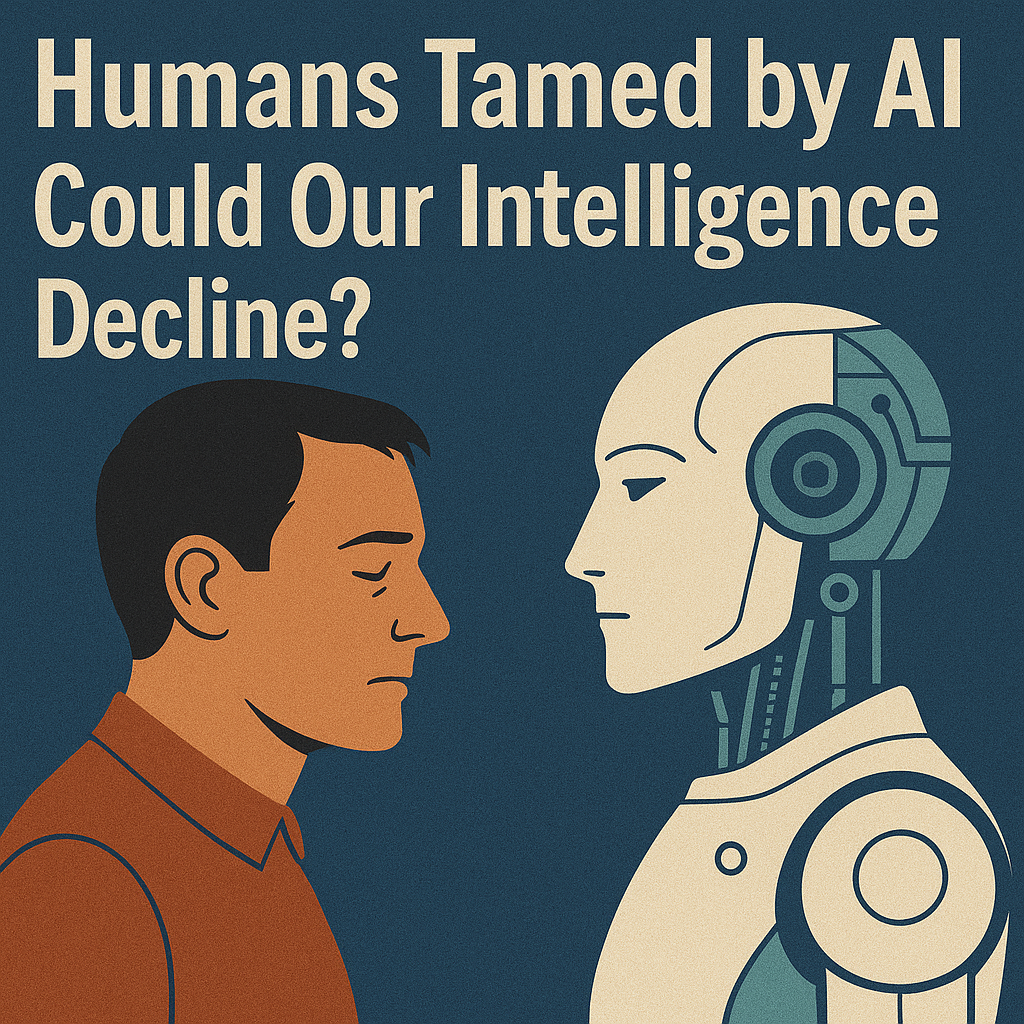
ㅇ “Forget jobs, AI is taking away much more: Creativity, memory and critical thinking are at risk” [Economic Times, Aug 2025]. ㅇ “The evolution of stupid” [Financial Times, Aug 2025]. ㅇ “Is AI rewiring our minds? Scientists probe cognitive cost of chatbots.” [Washington Post, June 2025]. ------------------------------------ Artificial Intelligence was once hailed as humanity’s great ally, promising to boost productivity, democratize knowledge, and expand creativity. Today, with AI tools capable of writing essays, summarizing books, creating music, or generating code in seconds, it feels as if we have a second brain in our hands. The optimism is clear: humans plus AI equals super-intelligence. But recent studies cast serious doubt on this narrative. Economic Times warns that AI may not just replace jobs but undermine core cognitive skills like creativity, memory, and critical thinking. Financial Times highlights classroom cases where students, heavily reliant on AI, no longer reason independently. The Washington Post, citing MIT research, suggests AI overuse could even rewire brain activity, weakening memory and problem-solving capacity. What if AI is not merely a tool but a substitute for thinking itself? Convenience often hides a paradox: the more we depend on AI to think for us, the less we practice thinking on our own. History already shows this trajectory: calculators eroded basic arithmetic skills, smartphones diminished our memory of phone numbers, GPS reduced our spatial awareness. The AI era may repeat this on a far deeper level, risking intellectual atrophy on a societal scale. This raises an urgent question: Are we taming AI, or is AI taming us?
Several academic frameworks explain why AI dependence could lead to cognitive decline. Cognitive Load Theory (John Sweller): Learning strengthens when our working memory is taxed. If AI reduces effort by giving instant answers, we bypass the struggle essential for building knowledge. Long-term, this leads to shallower understanding and weaker problem-solving. Neuroplasticity – Use It or Lose It: The brain strengthens neural pathways when used and prunes them when idle. Overreliance on AI shifts problem-solving, memory, and creativity outside the brain, causing these functions to degrade. Distributed Cognition: Human thinking extends into tools and environments. When AI becomes the “primary thinker” rather than an aid, humans become passive consumers, sidelined in the very cognitive process that defines intelligence. Digital Dementia: Coined by German and Korean neuroscientists, it describes memory and focus decline from tech overuse. With AI far more powerful than smartphones, this risk expands to include creativity and reasoning. Self-Determination Theory (Ryan & Deci): Intrinsic motivation fuels deep learning. If AI performs tasks for us, we lose the satisfaction of achievement, leaving only extrinsic motivation (grades, outputs), which is fragile and shallow. Together, these theories suggest a paradox: AI as convenience may weaken the very skills it promises to enhance.
Economic Times shows the danger is not jobs but erosion of fundamental abilities. This matches Cognitive Load Theory: when struggle disappears, so does growth. Financial Times illustrates “use it or lose it.” Students bypass reasoning, leading to cognitive atrophy. Independent thinking is being outsourced. Washington Post and MIT research add neuroscientific weight: repeated AI reliance alters brain activity itself. Less activation in memory and problem-solving regions signals long-term risks. Together, these accounts reveal a disturbing reality: AI isn’t just helping us—it’s reshaping how we think, often in ways that make us weaker, not stronger.
The lessons extend across multiple levels: - Individual: Think first, then consult AI. Treat it as a partner to challenge your ideas, not a master. Preserve “cognitive fitness” with activities like journaling, memory practice, or manual problem-solving. - Education: Banning AI is unrealistic. Instead, schools must teach how to use AI critically —asking better questions, verifying results, and integrating AI input creatively. - Society & Culture: Media should highlight risks of cognitive decline, not just productivity gains. Businesses must avoid blind AI adoption that erodes human creativity. - Policy: Governments should launch AI literacy campaigns, combining AI training with critical thinking education, much like past efforts against digital dementia. 📌 Counterpoint: Not all experts agree with the decline narrative. Oxford mathematician Marcus du Sautoy argues AI can be a creative partner, sparking ideas humans might never conceive. In his view, AI is an “extended brain”, capable of pushing humanity toward new intellectual frontiers—if used wisely. Thus, AI is a double-edged sword: it can degrade or amplify intelligence, depending entirely on how humans engage with it.
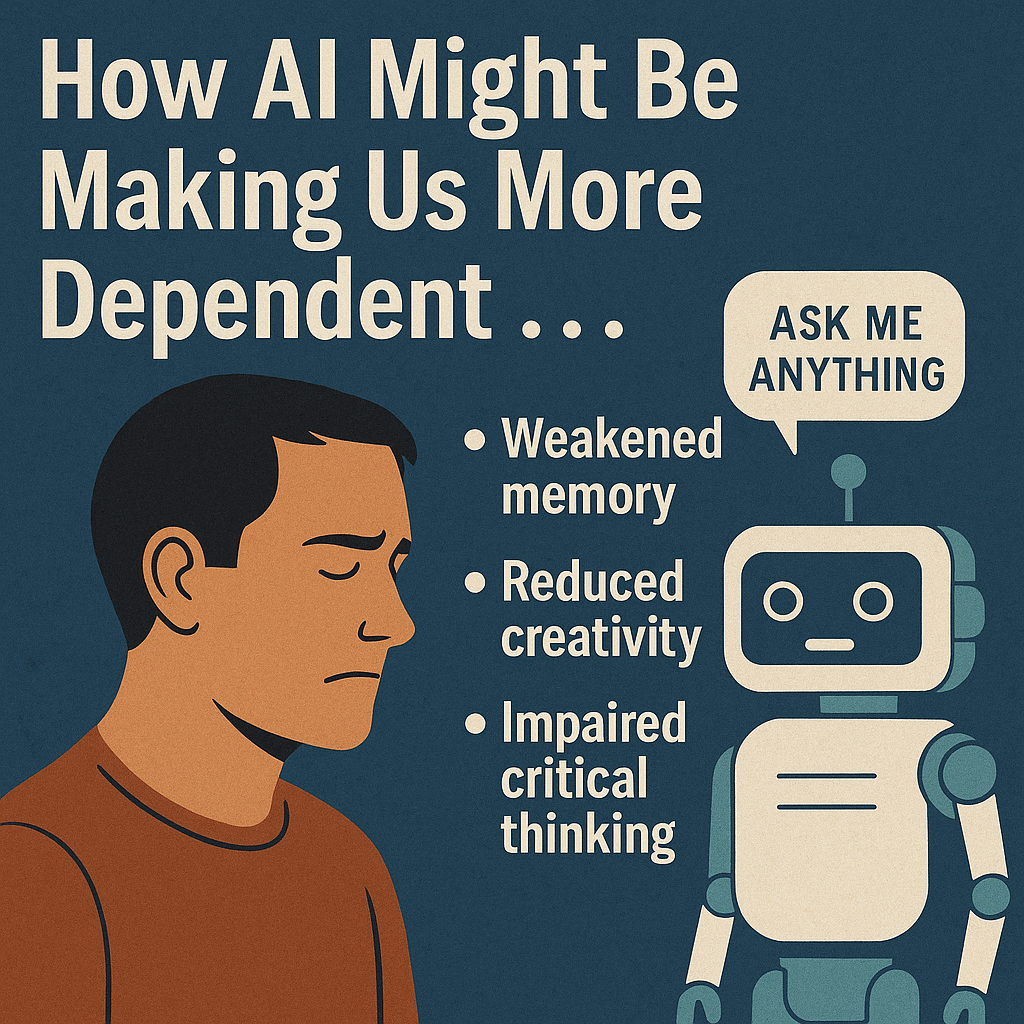
The trajectory of AI and humanity is not predetermined. We are at a crossroads. One path leads to passivity, where humans become dependent and less capable of independent reasoning. The other path leads to partnership, where humans harness AI to enhance, not replace, their thinking. The choice lies in attitude. Convenience without reflection breeds decline; critical engagement breeds evolution. AI can make us smarter—or dumber. The difference depends not on algorithms, but on us.
